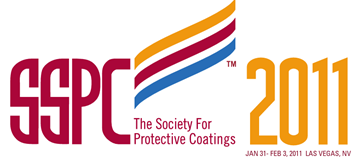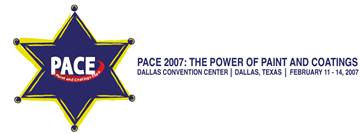Search
Individual Conference Papers
View as
Sort by
Display
per page
Thermal & Moisture Cycling Impacts on the Corrosion Behavior of Carbon Steel Under Contacting and Contact-Free Insulation
Product Number:
51323-19171-SG
Publication Date:
2023
$20.00
Thermal Gradient (ΔT) Measurement Of Insulating Systems for Cold Service Applications
Product Number:
51323-19201-SG
Publication Date:
2023
$20.00
Thermal Imaging as a Forensic Tool in Coating Failure Investigations
Product Number:
41208-454-SG
Publication Date:
2008
$20.00
Thermal Insulating Coatings – The Future of Insulation: Thermal Insulating Coatings not only retain energy, but also protect substrates and personnel
Product Number:
41212-711-SG
Publication Date:
2012
$20.00
Thermal Insulating Coatings Can Reduce a Facility’s Carbon Footprint in More Ways Than One
Product Number:
41211-652-SG
Publication Date:
2011
$20.00
Thermal Shock Resistance of Fecral Alloys for Accident Tolerant Fuel Cladding Application
Product Number:
51317--8900-SG
ISBN:
8900 2017 CP
Publication Date:
2017
$20.00
Thermal Spray Coatings - Past, Present & Future
Product Number:
41205-159-SG
Publication Date:
2005
$20.00
Thermal Spray Duplex Case Study: Coating An In-Service Bridge
Product Number:
51324-20749-SG
Publication Date:
2024
$40.00
Thermally Sprayed Coatings for Corrosion Protection of Offshore Structures Operating in Submerged and Splash Zone Conditions
Product Number:
51319-12808-SG
Publication Date:
2019
$20.00
Thermally Sprayed Corrosion Resistant Alloy Coatings on Carbon Steel for Use in Supercritical CO? Environments
Product Number:
51315-5939-SG
ISBN:
5939 2015 CP
Publication Date:
2015
$20.00
Thermo-Hygro-Mechanical Modeling Of ASR-Induced Degradation In A Reinforced Concrete Nuclear Containment Vessel
Product Number:
ED22-18345-SG
Publication Date:
2022
$20.00
They Want You - 4 Steps to Marketing & Communication Success
Product Number:
41207-323-SG
Publication Date:
2007
$20.00












